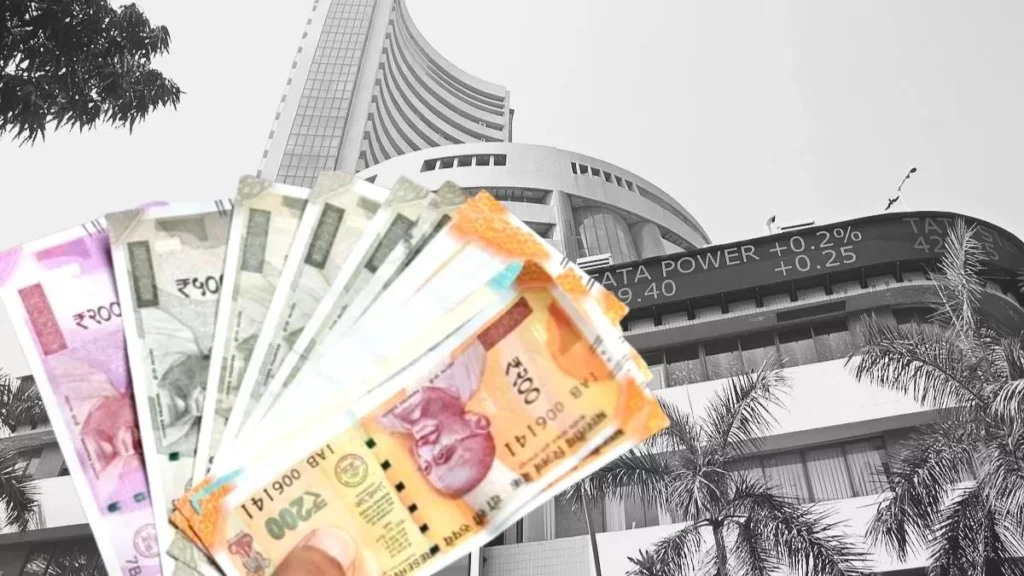T+1 Settlement

Indian Equity market is moving to ‘T+1’ trade settlement cycle from January 27, 2023.
- ‘T+1’ (trade plus one) settlement means that a transaction on the back of any purchase or sale of securities will reflect the next day (after a period of 1 day) in the DeMat account of the investor.
- T refers to the trading day; T+1 – trading day plus one day.
|
Advantages |
Risks |
| Provides better liquidity to investors and thereby enhance trade and participation.
Reduces the overall capital requirements. Boosts operational efficiency as the rolling of funds and stocks will be faster. |
Any downtime for a bank or a large bank could pose a challenge in settling the trades.
Higher volatility in capital markets could pose a contagion risk to the ecosystem. |
Securities Exchange Board of India (SEBI) is the apex capital market regulator in India.
- Trade settlement in India – Earlier in India, trade settlement used to take place on a ‘T+2’ basis.
- SEBI had cut the number of days in the settlement cycle before as well.
|
Year |
Settlement cycle |
| Before 2002 | T+5 days |
| 2002 – 2003 | T+3 days |
| After 2003 | T+2 days |
- In September 2021, SEBI provided flexibility to exchanges to offer either ‘T+1’ or ‘T+2’ settlement.
- Implementation – The stock exchanges, NSE and BSE, decided to change to ‘T+1’ in a phased manner.
- In the first phase of implementation, the bottom 100 stocks in terms of market value moved to ‘T+1’ settlement.
- Thereafter, gradually stocks were added month after month.
- Global Practices – India will be the second largest market after China to implement the ‘T+1’ settlement cycle of stocks.
- Most international markets such as the US, Europe, and Japan are still under the ‘T+2’ settlement cycle.